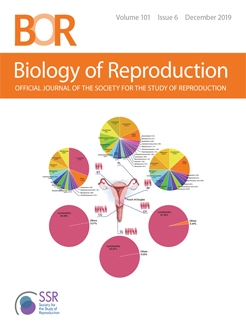The introduction of time-lapse imaging to clinical in vitro fertilization practice enabled the undisturbed monitoring of embryos throughout the entire culture period. Initially, the main objective was to achieve a better embryo development. However, this technology also provided an insight into the novel concept of morphokinetics, parameters regarding embryo cell dynamics. The vast amount of data obtained defined the optimal ranges in the cell-cycle lengths at different stages of embryo development. This added valuable information to embryo assessment prior to transfer. Kinetic markers became part of embryo evaluation strategies with the potential to increase the chances of clinical success. However, none of them has been established as an international standard. The present work aims at describing new approaches into time-lapse: progress to date, challenges, and possible future directions.
Summary Sentence
Time-lapse imaging has considerably increased the amount of reliable and detailed information regarding embyo development, contributing to improve the embryo selection.






